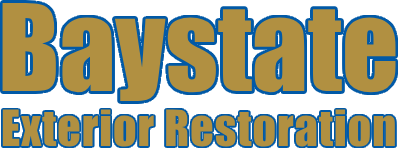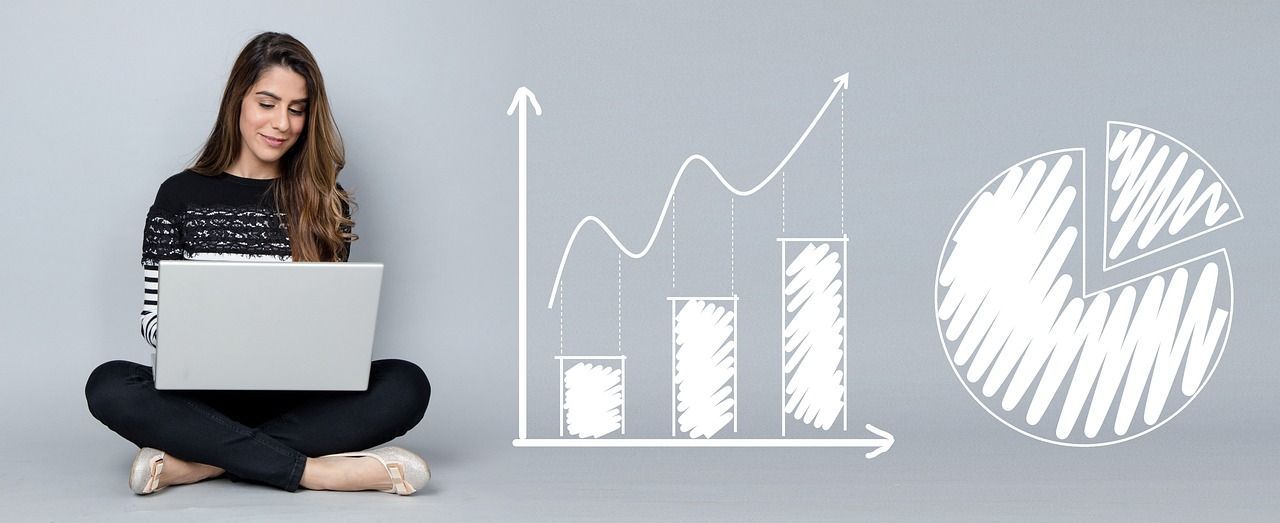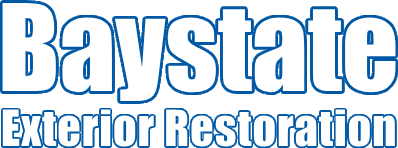What You Need to Know About Fixed Vs. Adjustable Rates
You’re about to become a first-time homeowner—this is an exciting time! As you begin working with lenders on securing pre-approval for a mortgage, you probably hear some terms when it comes to mortgage interest rates such as “fixed” and “adjustable.” To help you make a smart decision, here’s what you need to know about these types of interest rates.
Interest rate 101
An interest rate is the cost of borrowing money. When you borrow money to purchase a home, the interest rate applies to how much the home will cost you with borrowed money rather than saving a lump sum for the entire purchase price.
Fixed interest rate
The most straightforward type of rate is a fixed one. With a fixed interest rate, this means the rate and payments stay the same, regardless of what’s happening with the economy. Some homebuyers may be drawn to fixed interest rates since they offer rate security, making for easy budgeting, though it can end up costing more money in the long run.
In the event rates go down, homeowners with fixed-rate mortgages will need to refinance. Refinancing with a reduced rate will save you some money, but keep in mind there will be upfront closing costs and time spent getting approved for a mortgage all over again with your tax documents, bank statements, and more.
Adjustable interest rate
Often referred to as an Adjustable Rate Mortgage, or “ARM,” these types of loans can seem complicated to a first-time homebuyer. With an adjustable interest rate, borrowers are offered lower rates and subsequently lower monthly payments early in the mortgage loan term. ARMs let borrowers take advantage of falling interest rates without needing to refinance. When you refinance, there’s a significant time investment, and it will cost money each time you refinance. When you have an ARM, you can watch rates and your monthly payment fall without having to do anything.
An adjustable rate is a less expensive way for homebuyers who don’t plan on staying in one place for very long.
On the flip side, with an ARM, your rates and payments can also go up over the life of your mortgage loan. These rates will usually have an annual cap, so if rates rise significantly and quickly, you might not be affected right away. On certain ARMs, called negative amortization loans, borrowers could wind up owing more than they did at closing because the payments on these loans are set so low to make the loans affordable that they cover only part of the interest due. The rest ends up getting baked into the principal balance.
The low initial cost of adjustable-rate mortgages might be tempting, but they bring a degree of risk and uncertainty in the long run.
Fixed or adjustable interest rate: which is better?
There isn’t a straightforward answer about which type of interest rate might be better than the other. There are several unique factors to take into account such as the length of your loan, the index your lender uses, the number and timing of rate adjustments, and any assumptions about the future increase or decrease in rates.
Work with a reputable and trustworthy lender to review the pros and cons of each type of interest rate for your situation. Have questions or just looking for a little advice on where to start? Get in touch!
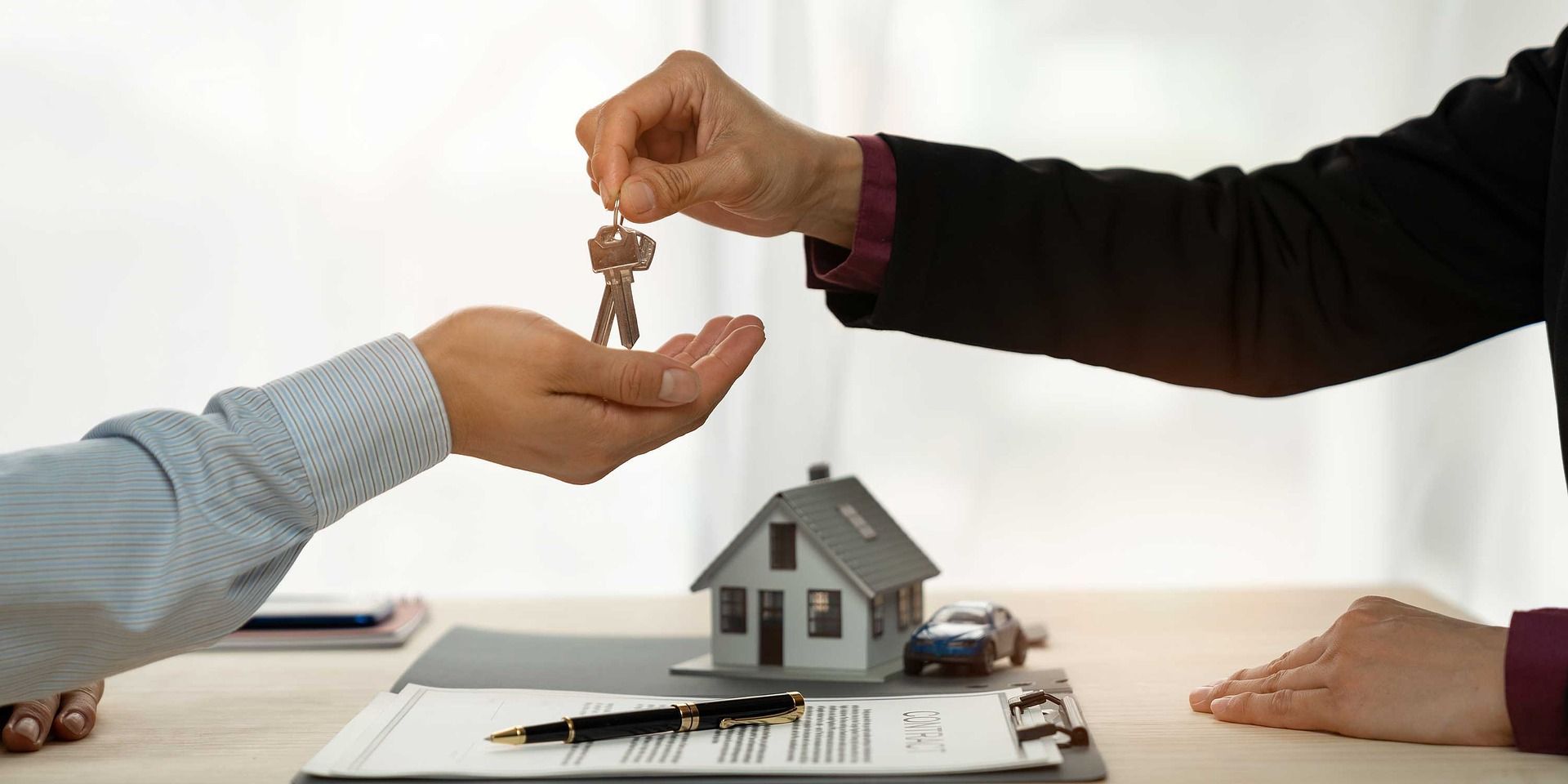
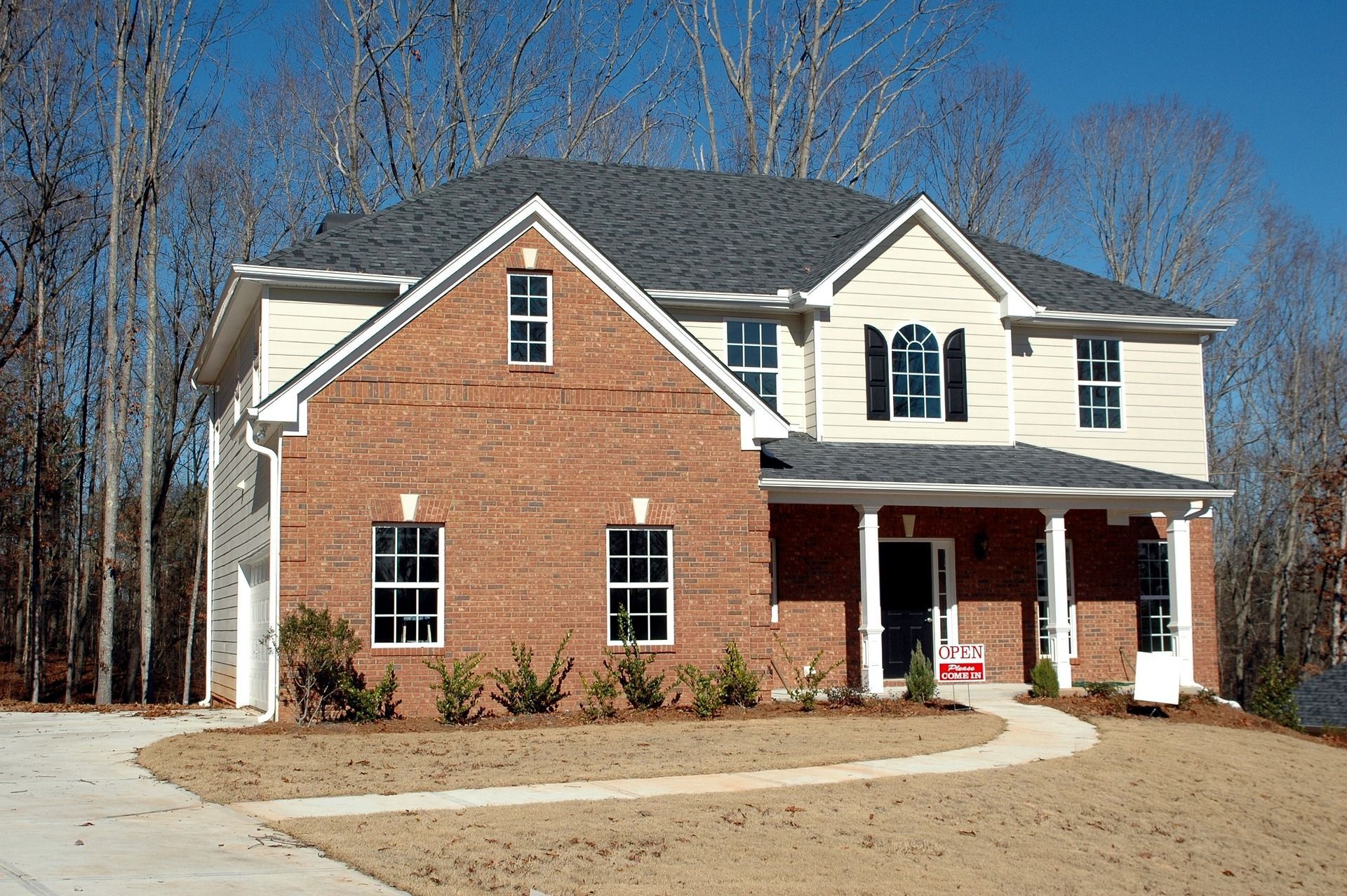
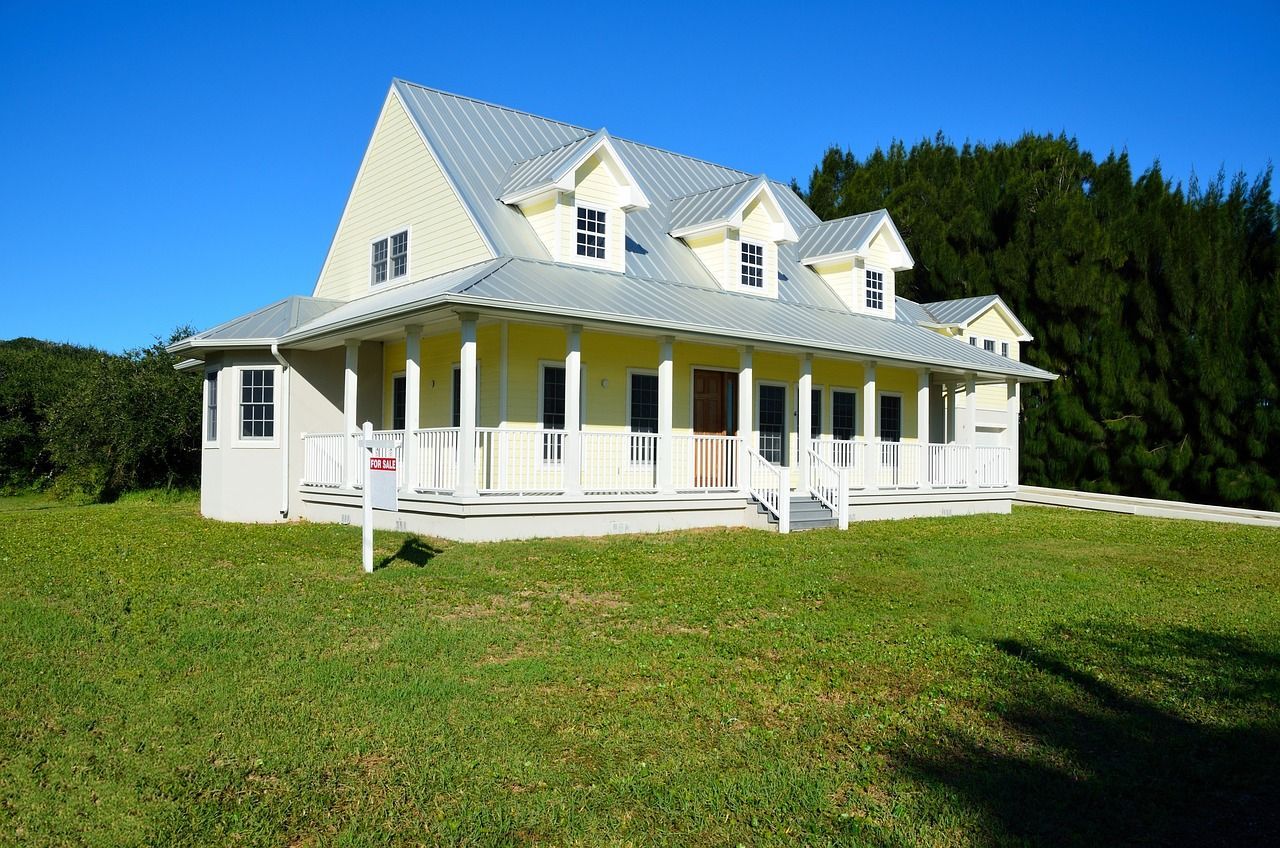
Contact Information
Phone: (413) 549-6824
Address: 87 Shattuck Rd, Hadley, MA 01035
Email: baystatew@charter.net
License #: HIC Lic. #190659 | CSL Lic. #89485
Business Hours
Mon-Fri: 7:00am-6:00pm
Saturday: Appointment Only
Sunday: Closed

Baystate Exterior Restoration, Inc.
